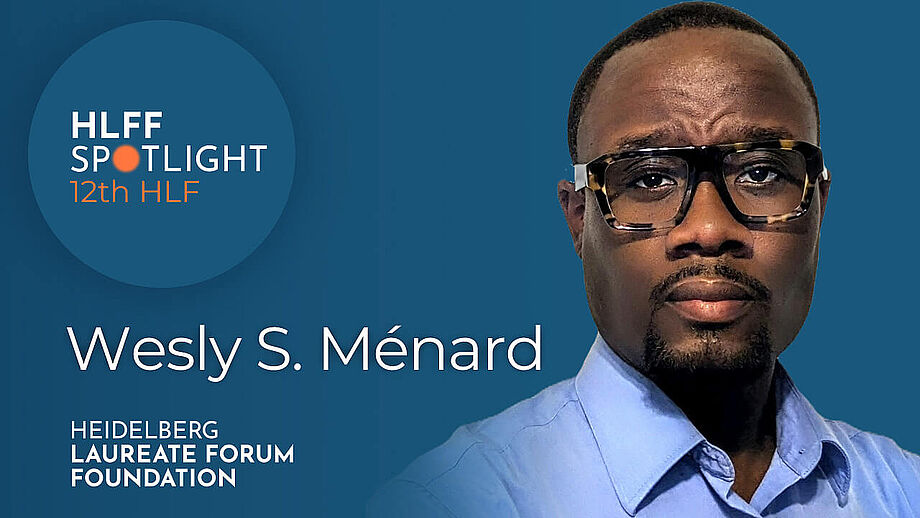Wesly S. Ménard
The Heidelberg Laureate Forum has a single purpose: To provide some of the brightest minds in mathematics and computer science with the space and time to make connections and find inspiration. The HLFF Spotlight series shines a light on some of the brilliant individuals attending the event.
Wesly S. Ménard is a computer scientist researcher at University of Florida’s Computer & Information Science & Engineering seeking a doctoral degree in Human-Computer Interaction. His work focuses on collaborative exercise technologies and physiological data visualization. He is taking part in the 12th HLF as a Young Researcher.
What first inspired you to pursue a career in your field?
As a cyclist turned triathlete (and Team USA athlete), I watched many peers burn out or quit due to overtraining, despite using metrics like heart rate and power. These tools, designed to guide us, often confused more than they helped. My research revealed that most athletes either misunderstood what HR measures or couldn’t interpret it in its current form. That realization inspired my work, which is to design privacy-preserving systems that translate physiological data into personalized and contextual numbers. My goal, through affective computing, is to support smarter training by making HR data understandable and actionable for athletes at every level.
What has been the most exciting moment in your academic career so far?
One of the most exciting moments in my academic career is being selected as a HLF research scholar and invited to present during the poster flash sessions. It’s an incredible honor to share space with world-class researchers and innovators. Another defining highlight was being recognized as a 2024 Innovate Standing InnOvation inventor at my university (UF), for developing a new real-time cyclist-vehicle early collision avoidance system. A paper outlining my prototype has recently been accepted at the prestigious ACM AutomotiveUI ’25. Both experiences validate the impact of my work and fuel my drive to keep pushing the boundaries of what’s possible in HCI and visualization research.
What is the most important or meaningful development happening in your field right now and why?
While AI continues to dominate conversations across disciplines, one of the most meaningful developments on my side of HCI is the rise of self-tracking and adaptive training technologies. Full-body wearables and ubiquitous computing now enable continuous, personalized insights into training, recovery, and performance, powered by AI. Zone-based and adaptive training models are the established norm, especially zone two endurance training. Beyond metrics, there’s growing recognition of the emotional and social dimensions of physiological data. Sharing heart rate, for instance, has emerged as a medium of connection to promote empathy, intimacy, and a deeper sense of shared experience during co-located or remote activity.
What are you most excited about for the upcoming 12th Heidelberg Laureate Forum?
I’m most excited about the opportunity to engage with the laureates whose groundbreaking contributions continue to shape our fields. Equally inspiring is the chance to connect with fellow young researchers to exchange ideas, explore global challenges, and spark new collaborations. These moments of shared curiosity, whether structured or spontaneous, are deeply motivating. As an artist and researcher, I’m also thrilled to participate in the Intercultural Science-Art Exhibition. It offers a unique space to express my work visually and conceptually and explore the passage of time through both a personal and disciplinary lens, while bridging science and art in meaningful ways.
